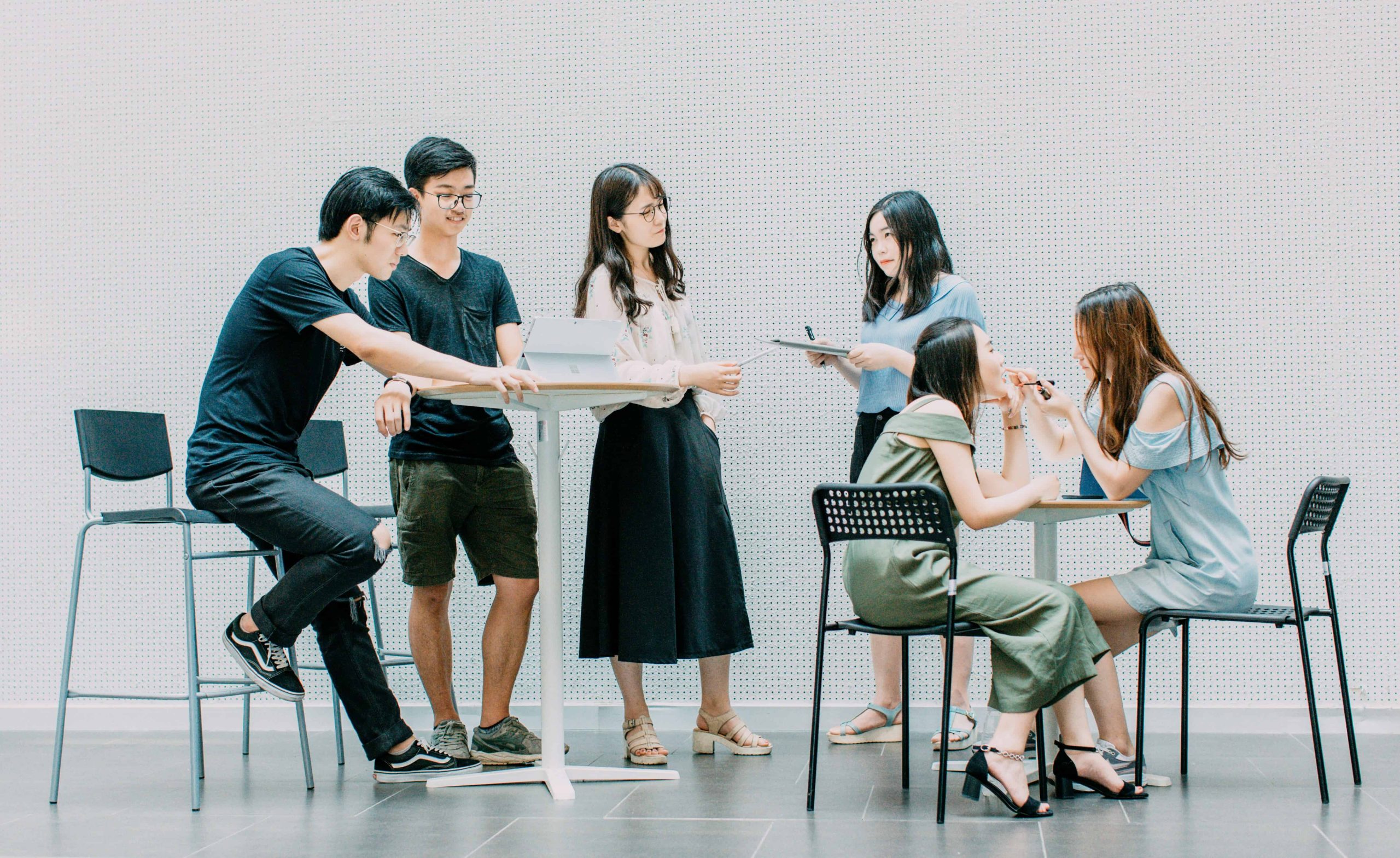
26 Mar Mentorship Programs for Emerging Artists
Contemporary art stands as a vibrant reflection of societal dynamics, pushing boundaries, and challenging perceptions. Yet, for emerging artists, navigating the intricate landscape of the art world presents a myriad of challenges. From honing their craft to establishing professional connections, emerging artists often find themselves at a crossroads. It offers a lens through which societal narratives are explored, identities are redefined, and perspectives are reshaped. However, for emerging artists, breaking into this realm is no small feat. The art world, with its intricate networks and ever-shifting trends, presents a formidable landscape to navigate. Mentorship programs emerge as beacons of hope amid this labyrinth, offering invaluable support and guidance to budding talents. These programs serve as nurturing grounds where emerging artists can refine their skills, cultivate professional relationships, and chart meaningful trajectories for their artistic endeavors.
The Significance of Mentorship
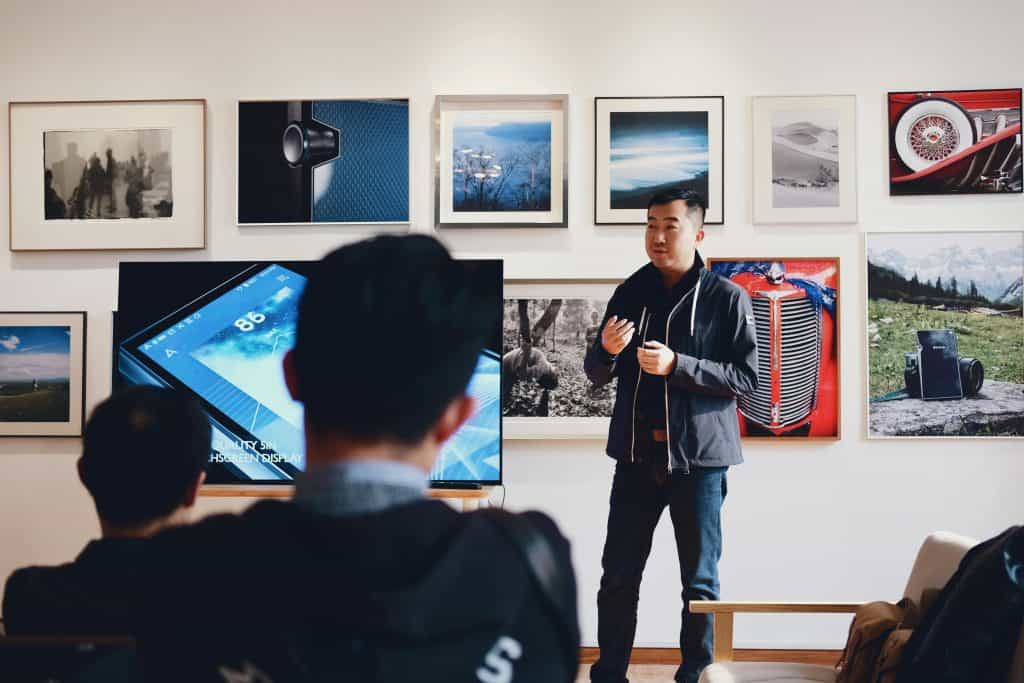
Photo by 祝 鹤槐
What is Mentorship
Mentorship, at its essence, embodies a dynamic relationship where seasoned artists, known as mentors, share their wisdom, experience, and guidance with mentees, facilitating their growth and progress. This exchange goes beyond simple instruction, fostering profound personal and professional development in emerging artists. Through mentorship, mentees gain access to a wealth of benefits that transcend mere tutelage, shaping their artistic journey and trajectory.
Addressing Challenges
Emerging artists encounter a multitude of challenges as they navigate their artistic paths. From refining their craft to navigating the complexities of securing exhibition opportunities, the journey to recognition is rife with uncertainties. Mentorship emerges as a beacon amidst these challenges, providing invaluable guidance and support. It offers a multifaceted approach to addressing these hurdles, including artistic refinement and skill development, insights into the professional art ecosystem, networking opportunities, and connections within the industry. Additionally, mentorship aids in strategic career planning and goal setting, empowering mentees to navigate the intricacies of the art world with confidence and purpose. Moreover, mentors provide essential support in overcoming creative barriers and self-doubt, fostering resilience and perseverance in emerging artists as they strive to fulfill their artistic potential.
Types of Mentorship Programs
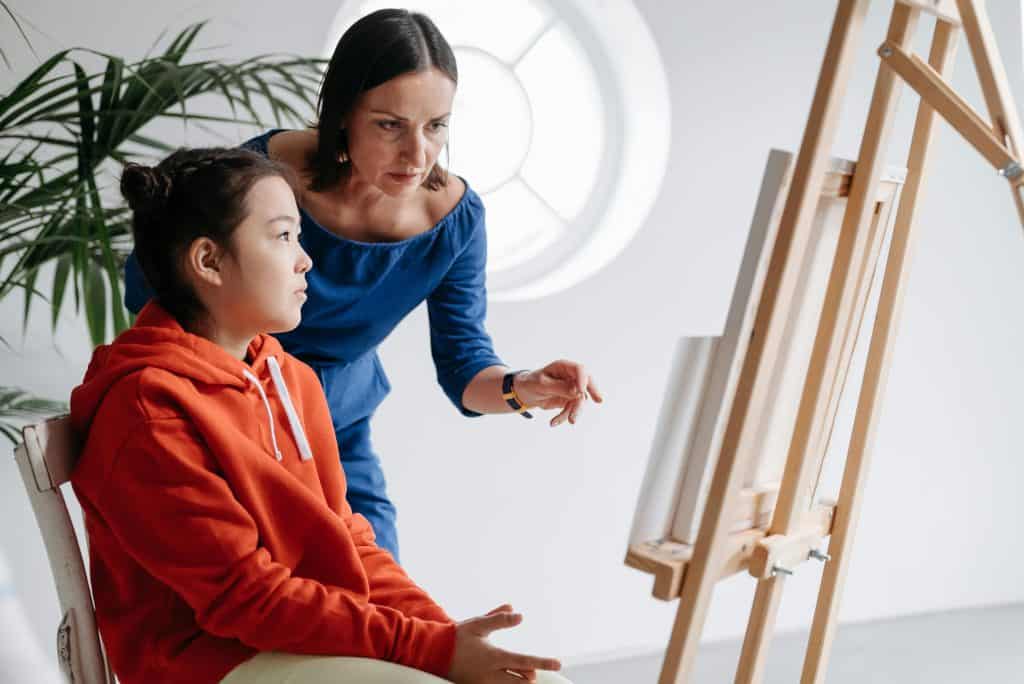
Photo by Pavel Danilyuk
Types of Mentorship Programs
Formal mentorship programs represent structured initiatives established by esteemed arts organizations, universities, or foundations. These programs typically feature well-defined curricula and rigorous application processes, ensuring that mentees engage within a systematic framework tailored to their developmental needs. Through these programs, mentees benefit from comprehensive guidance and instruction provided by experienced mentors, often leading to measurable growth and advancement within their respective fields.
Informal Arrangements
Informal mentorship arrangements evolve naturally from personal connections or shared interests among individual artists. Unlike their formal counterparts, these arrangements lack structured frameworks and predetermined curricula. Instead, they thrive on the foundation of mutual trust and camaraderie between mentors and mentees. Within informal mentorship dynamics, mentees have the flexibility to seek guidance and support on diverse topics, ranging from artistic techniques to career advice, fostering an environment of organic growth and personal connection.
Peer-to-Peer Collaborations
Peer mentorship initiatives facilitate collaborative relationships among emerging artists who are navigating similar stages of their careers. These collaborations foster a culture of shared learning and support, transcending traditional hierarchical boundaries prevalent in formal mentorship settings. Through peer mentorship, individuals have the opportunity to exchange insights, experiences, and resources, empowering each other to overcome challenges and capitalize on opportunities within the dynamic landscape of the arts. The reciprocity inherent in peer-to-peer collaborations fosters a sense of community and solidarity among participants, contributing to their collective growth and professional development.
Finding the Right Mentorship Program
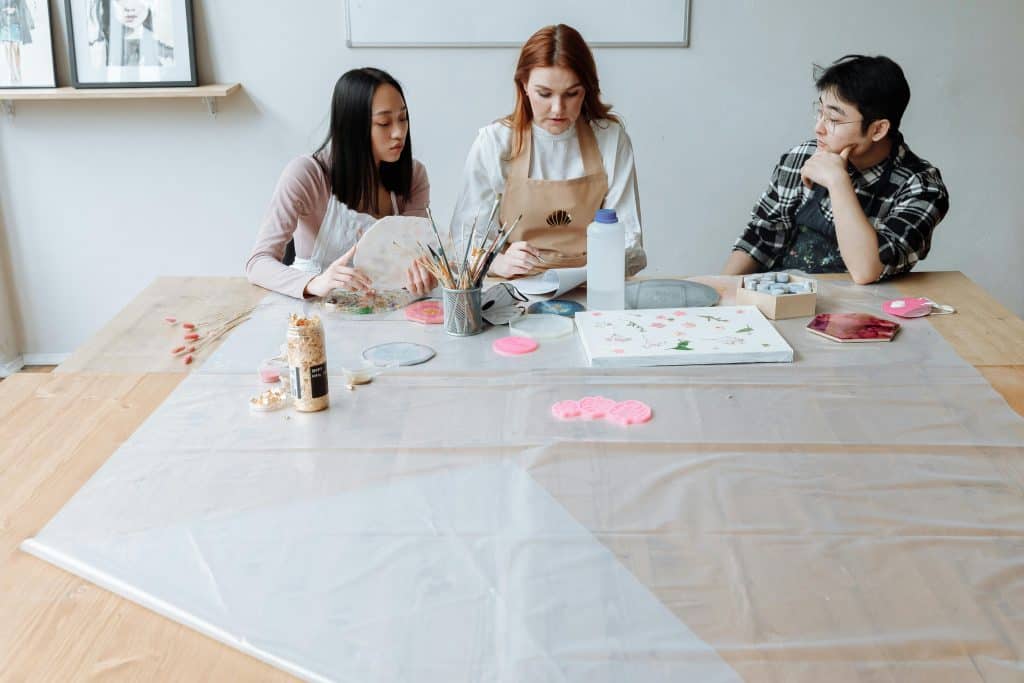
Photo by Thirdman
Conducting Thorough Research
Research is essential if you want to succeed in the arts. You must do your homework. Start by exploring the multitude of organizations and programs that are accessible, both online and in your town. You may find several chances that align with your artistic goals by doing this. Whether it’s seminars, mentoring programs, or creative residencies, scouting the scene can help you identify opportunities that closely match your artistic vision and aspirations.
Networking and Engagement
In the constantly changing discipline of art, interaction and networking are essential for promoting progress. Take full advantage of the lively art community by becoming involved in events, workshops, and exhibitions. By doing this, you create meaningful relationships with mentors, peers, and established artists in addition to exposing yourself to a variety of artistic viewpoints. These relationships may be a source of encouragement, support, and inspiration for you as an artist, enhancing your path and creating new possibilities.
Seeking Guidance
Navigating the complex terrain of the art world can be daunting, but seeking guidance from experienced individuals can provide invaluable insights and direction. Leverage the expertise of professors, advisors, and community arts centers who possess a wealth of knowledge and experience in the field. Whether it’s seeking advice on portfolio development, career opportunities, or artistic techniques, tapping into the wisdom of mentors can help you navigate challenges and make informed decisions. By actively seeking guidance, you can effectively navigate the mentorship landscape, gaining clarity and confidence in pursuing your artistic aspirations.
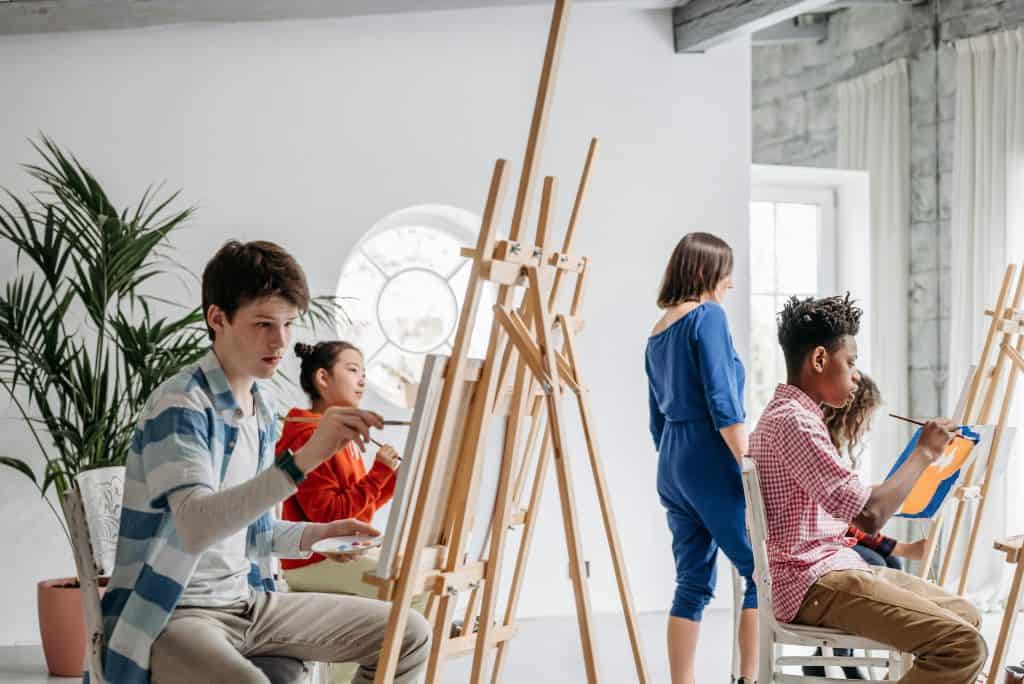
Photo by Pavel Danilyuk
Conclusion
Mentorship stands as a cornerstone in the cultivation of emerging artistic talent, bridging chasms between generations and nurturing creativity across epochs. As emerging artists embark on their quest for self-discovery and artistic fulfillment, mentorship programs emerge as guiding lights illuminating the path ahead. Through meaningful connections and steadfast dedication, emerging artists have the power to redefine boundaries, challenge conventions, and leave an indelible imprint on the canvas of contemporary art.
Key Takeaways
Topic | Things to Remember |
Types of Mentorship | Mentorship programs vary in form: Formal Programs have structured curricula, Informal Arrangements evolve naturally, and Peer-to-Peer Collaborations foster shared learning among artists at similar career stages. |
Benefits of Mentorship | Engaging in mentorship programs offers emerging artists invaluable insights, expanded networks, constructive feedback, and a supportive environment, empowering them to navigate the artistic landscape with confidence and resilience. |
Finding the Right Program | Strategies for finding the right mentorship program include thorough research into available opportunities, active networking and engagement within the art community, and seeking guidance from experienced individuals in the field. |
FAQs
What is the significance of mentorship in the artistic journey?
Mentorship plays a crucial role in the artistic journey by providing emerging artists with guidance, support, and opportunities for growth. Seasoned mentors offer insights, share experiences, and provide constructive feedback, helping mentees navigate the complexities of the art world with confidence and resilience.
What are the different types of mentorship programs available for emerging artists?
Mentorship programs for emerging artists come in various forms, including formal programs, informal arrangements, and peer-to-peer collaborations. Formal programs are structured initiatives with defined curricula, while informal arrangements evolve naturally from personal connections. Peer-to-peer collaborations foster a culture of shared learning and support among artists navigating similar career stages.
How can emerging artists find the right mentorship program for their needs?
Emerging artists can find the right mentorship program by conducting thorough research, networking and engaging with the art community, and seeking guidance from experienced individuals. By exploring available opportunities, building meaningful relationships, and tapping into the expertise of mentors, emerging artists can navigate the mentorship landscape effectively and pursue their artistic aspirations with clarity and confidence.
Analyzing “Virtual Platforms for Global Art Interaction” and facilitating international discussions and exhibitions within the art community.

